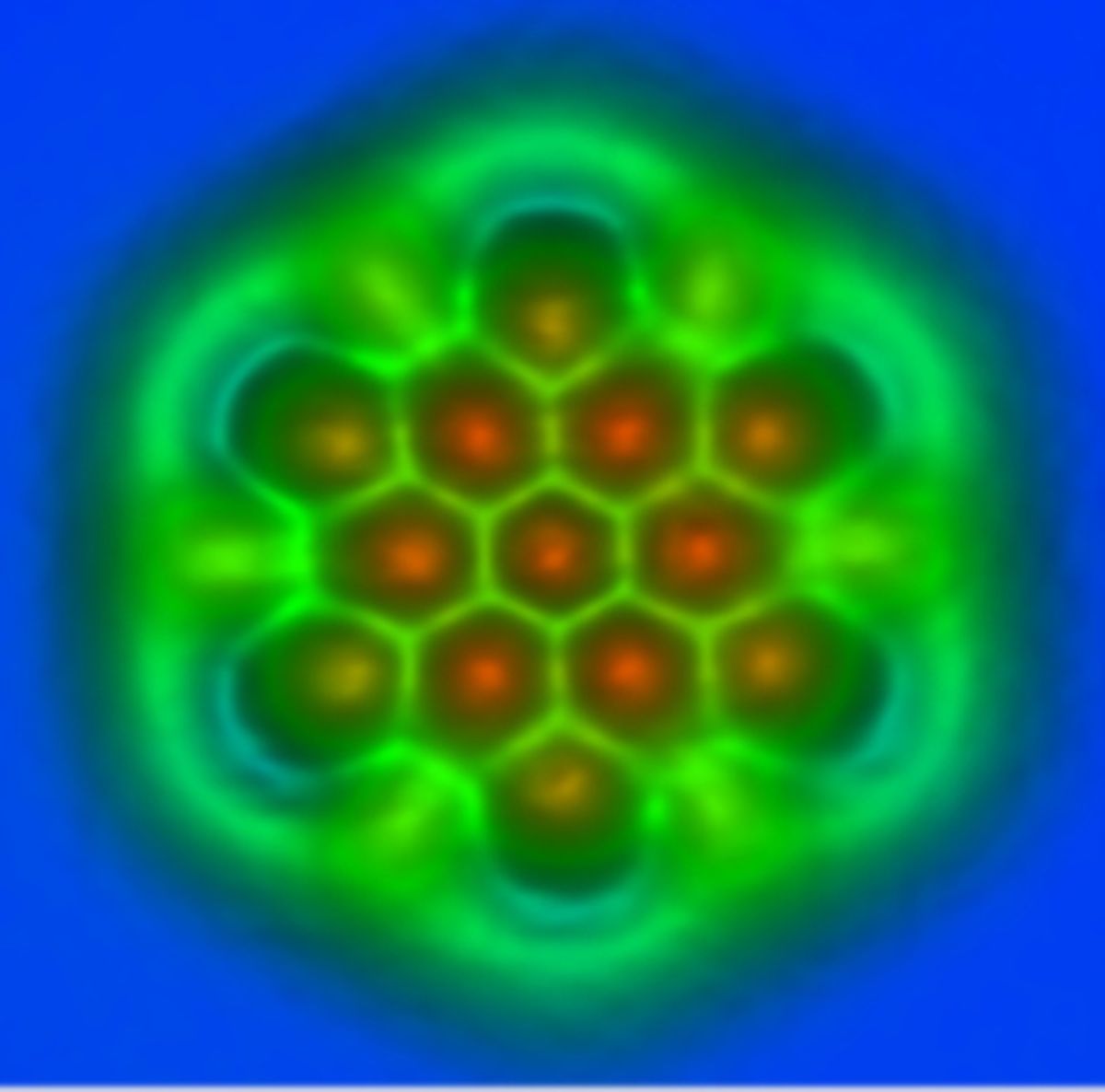IBM has been pushing the boundaries of Atomic Force Microscopy (AFM) all this year. In February we learned that IBM Zurich had imaged the charge distribution within a molecule for the first time. Then the same team in May not only imaged individual hydrogen atoms but also manipulated them with the use of AFM.
“We found two different contrast mechanisms to distinguish bonds. The first one is based on small differences in the force measured above the bonds. We expected this kind of contrast but it was a challenge to resolve,” says Gross in the IBM press release covering the research. “The second contrast mechanism really came as a surprise: Bonds appeared with different lengths in AFM measurements. With the help of ab initio calculations we found that the tilting of the carbon monoxide molecule at the tip apex is the cause of this contrast.”
The researchers, who published their findings in the 14 September edition of Science, were able to image the bond order and length of individual carbon-carbon bonds in C60 (or buckyballs).
While the concept of bond order had predicted that the individual bonds between carbon atoms in molecules like the buckyball differed in their length and strength, this research is the first to actually visualize these differences.
The IBM researchers expect their work to lead to greater understanding of individual molecules, which in turn could improve research into novel electronic devices, organic solar cells, and organic light-emitting diodes (OLEDs).
Ever since IBM Zurich opened up its new $90-million nanotechnology research facility last year (aptly named the “Binnig and Rohrer Nanotechnology Center”, after the joint discoverers of the AFM), it seems the researchers there have been on a tear to push AFM into the forefront of nanotechnology research.
Dexter Johnson is a contributing editor at IEEE Spectrum, with a focus on nanotechnology.




